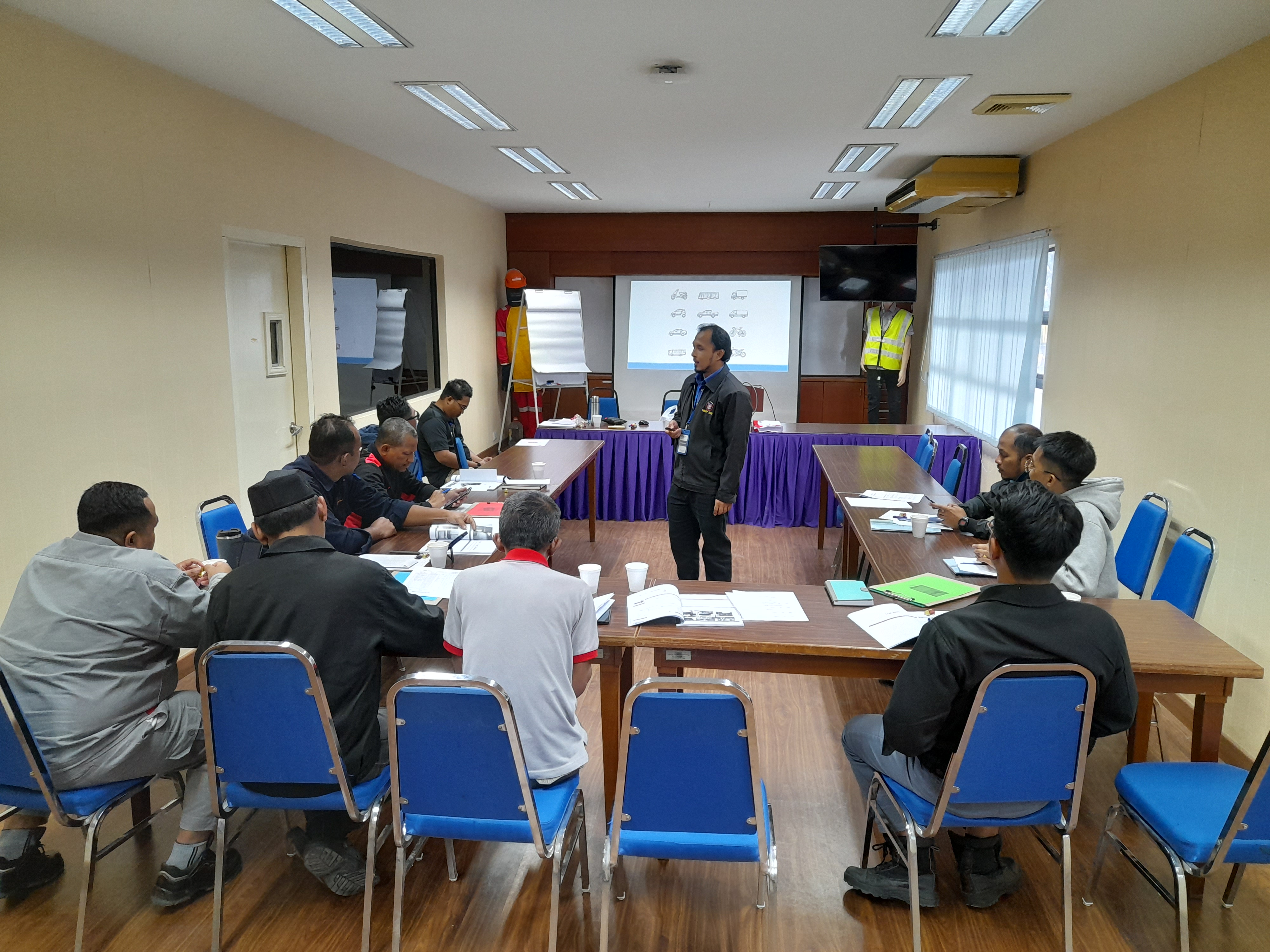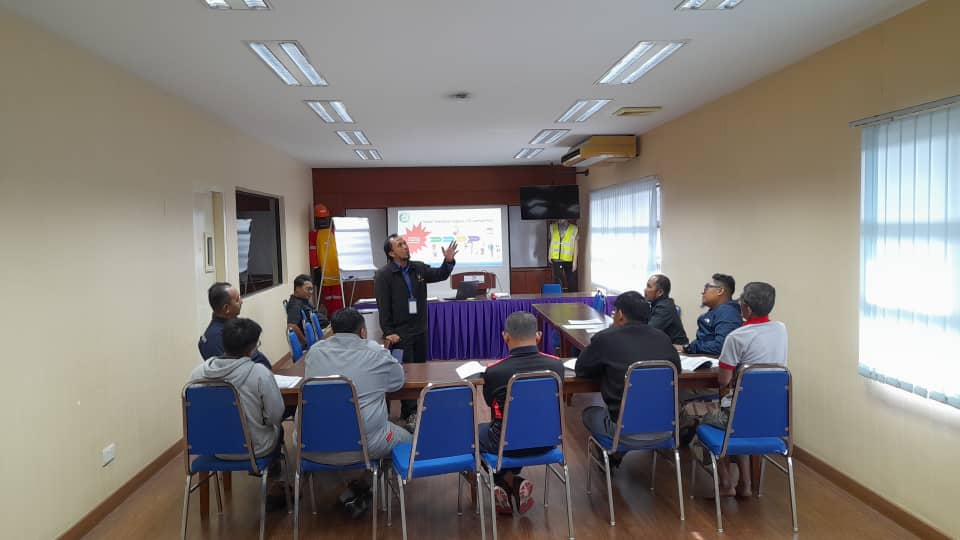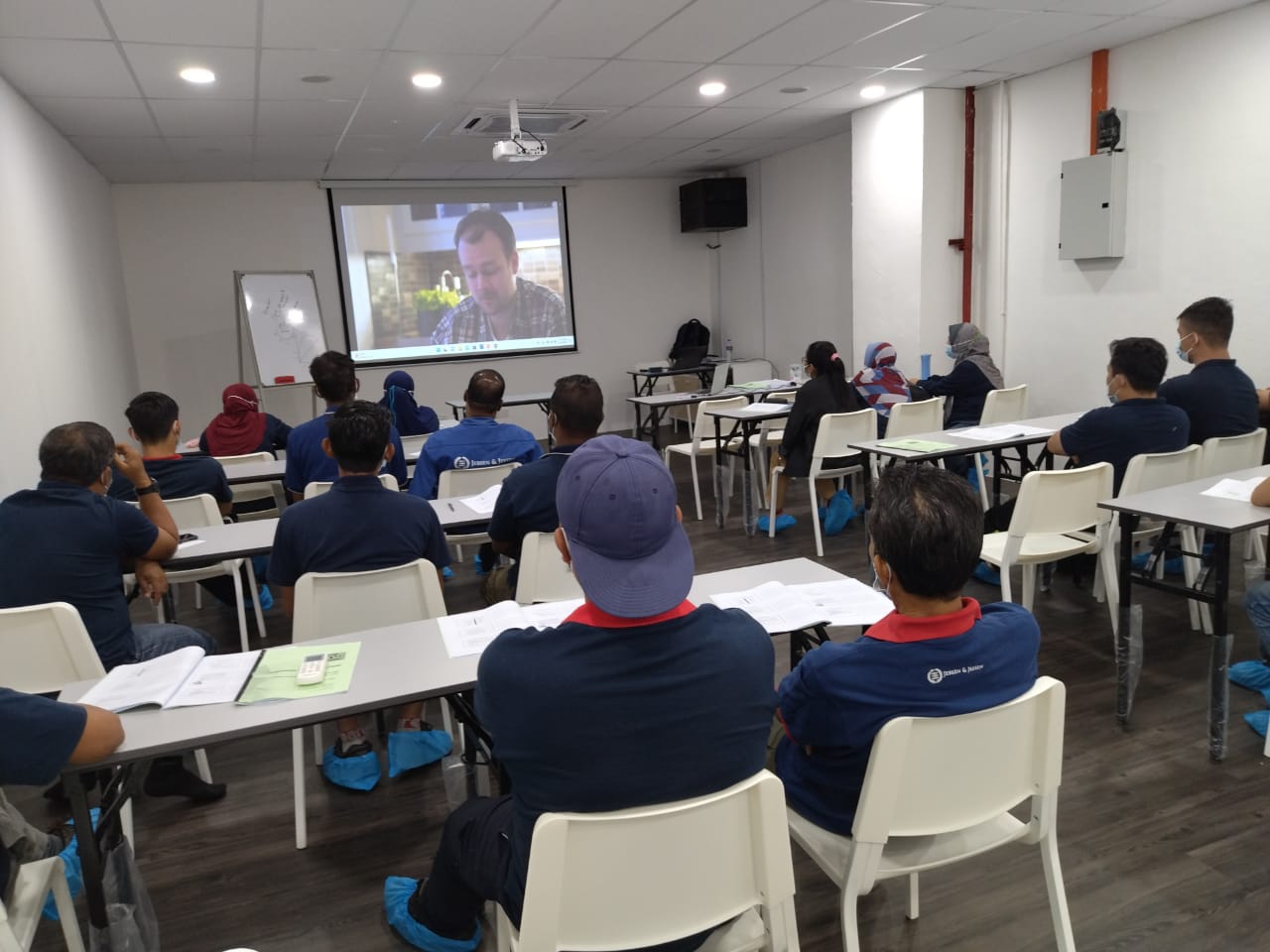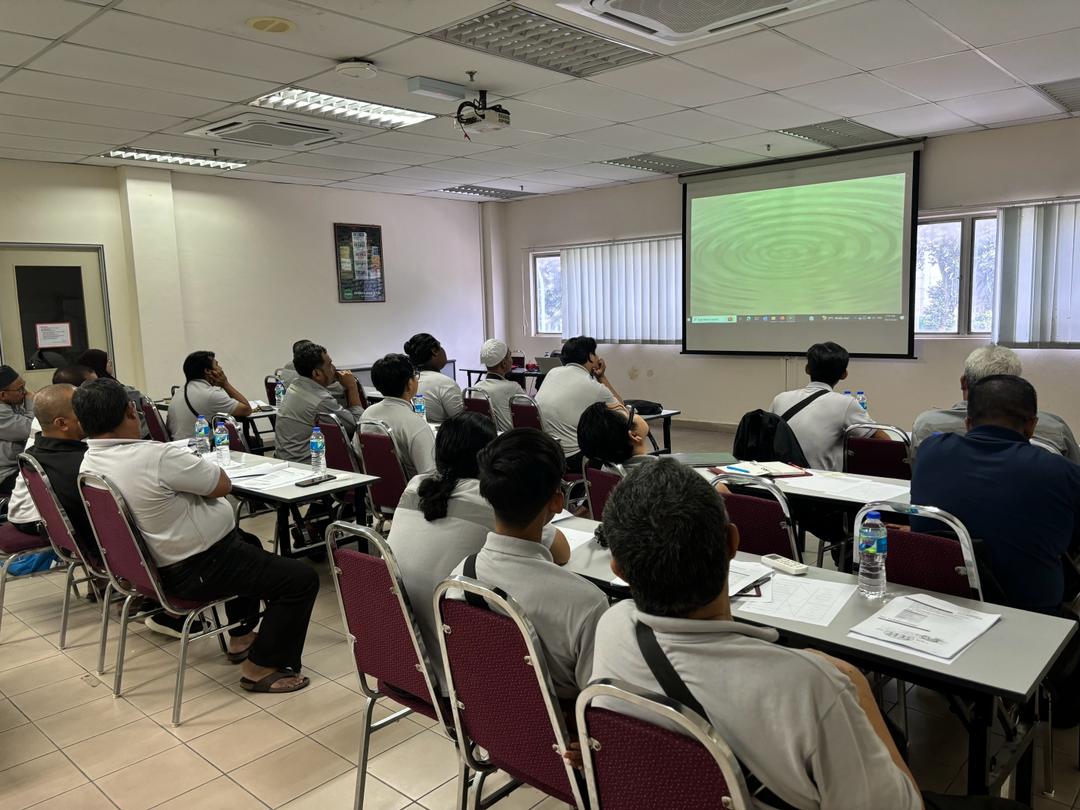OCCUPATIONAL SAFETY & HEALTH SERVICES (DOSH)
Chemical Health Risk Assessment (CHRA)
- Stipulated under Occupational Safety and Health (Use and Standards of Exposure of Chemicals Hazardous to Health) Regulations 2000.
- The CHRA is an assessment to determine the level of risk and the adequacy of existing control measures during the use, handling, storage, or transportation of chemicals hazardous to health at the workplace.
- The purposes of CHRA are to help the employer to evaluate and to take appropriate decisions on:
- The adequacy of control measures
- The induction and training of employees
- The necessity of an exposure monitoring program
- The necessity of medical surveillance program
Chemical Exposure Monitoring
- Specified under Occupational Safety and Health (Use and Standards of Exposure of Chemicals Hazardous to Health) Regulations 2000.
- The objective of this monitoring are:
- To identify workers are exposed to the chemicals hazardous to health according to their job category.
- To measure the worker exposure level to the chemical hazardous to health.
- To recommend the required control measures.
Local Exhaust Ventilation (LEV) Testing and Inspection
- To comply with Occupational Safety and Health (Use and Standards of Exposure of Chemicals Hazardous to Health) Regulations 2000.
- To determine the proper use, effectiveness, and efficiency of the local exhaust ventilation system (engineering control equipment) and to detect malfunction of the system installed at the workplace.
Noise Risk Assessment (NRA)
- To comply with Occupational Safety and Health (Noise Exposure) Regulations 2019.
- The objectives of noise risk assessment are to:
- To identify all employees likely to be exposed to excessive noise;
- To obtain information on noise sources and work practices that will help to reduce noise in the workplace;
- To check the effectiveness of existing measures taken to reduce noise exposure;
- To help in the selection of appropriate personal hearing protector (PHP),
- To demarcate hearing protection zones;
- To determine the need for establishing and implementing Hearing Conservation Program (HCP)
Audiometric Testing
- To comply with Occupational Safety and Health (Noise Exposure) Regulations 2019.
- To monitor the hearing level of employees exposed to noise.
- Any changes in hearing levels over time revealed by audiometry shall be thoroughly investigated as to their causes and the need for corrective action.
- An audiometric testing program shall be available to any employee exposed to NEL.
.png)
.jpg)
.jpg)
.jpg)
.png)
.jpg)
.jpg)
.jpg)
.png)
.jpg)
.jpg)
.jpg)
.png)
.jpg)
.jpg)
.jpg)
.png)
.jpg)








 Malaysia
Malaysia